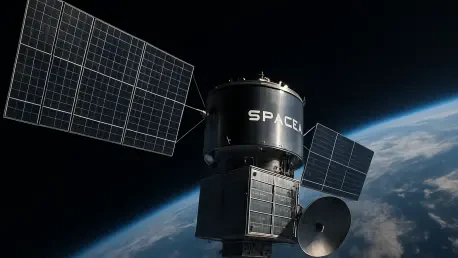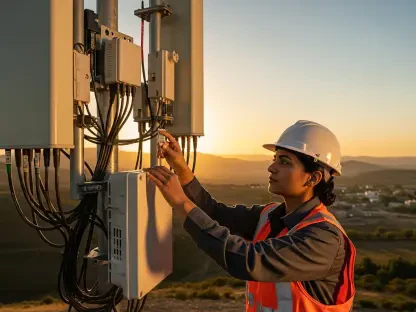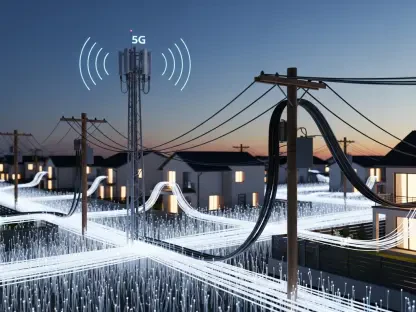The rapid evolution of SpaceX in the aerospace domain has been characterized by extraordinary strides in satellite deployment and rocket technology. A recent illustration of this development was when SpaceX launched a set of 26 Starlink V2 Mini satellites aboard its Falcon 9 rocket. This mission, Starlink 15-2, took off from Vandenberg Space Force Base, demonstrating SpaceX’s commitment to enhancing global internet coverage through low Earth orbit satellites. These launches are part of a broader plan to envelop the planet in high-speed internet services, showcasing SpaceX’s determination to break new ground in satellite internet distribution. The ambitious endeavor marks a significant milestone in the company’s pursuit to revolutionize satellite communications, offering consistent and reliable global connectivity.
Advancements in Rocket Reusability
The Falcon 9’s reusability stands at the forefront of SpaceX’s innovative approach to rocketry, signaling a new era in cost-efficient space travel. This reusability was highlighted by the successful recovery of the Falcon 9 first stage booster, designated B1093. Having flown its fourth mission and achieving a flawless landing on the droneship ‘Of Course I Still Love You,’ B1093 underscored the reliability and efficiency of going beyond tradition in rocket design. This particular booster marked its 140th touchdown, contributing to SpaceX’s 475 successful booster landings. The significance of this milestone extends beyond the technology itself; it represents a shift in how space endeavors are economically strategized, potentially lowering costs for Earth-to-space transportation. Such repeated success with reused components decisively influences the financial viability of space exploration.
Competitive Landscape and Future Prospects
SpaceX is revolutionizing the space launch industry with its technological achievements and its ability to navigate complex market dynamics. This year, California has seen 30 orbital flights, with SpaceX’s Falcon 9 rocket responsible for most of them. However, Firefly Aerospace made a single launch attempt, which faced obstacles. Meanwhile, United Launch Alliance is set to re-enter the launch schedule to introduce their Vulcan rocket later this year. This situation pressures industry players to innovate while handling operational challenges. SpaceX stands out by not just meeting standards but pushing the envelope of aerospace technology, setting new benchmarks for others.
SpaceX’s bold initiatives have redefined possibilities in rocket and satellite technologies. By focusing on reusability and satellite networks, it has transformed communication capabilities and reduced space operation costs. With its ongoing innovation, the aerospace industry is on the verge of a new era, driven by advanced technologies and novel competitive strategies. SpaceX has fundamentally reshaped expectations and dynamics in space exploration.









